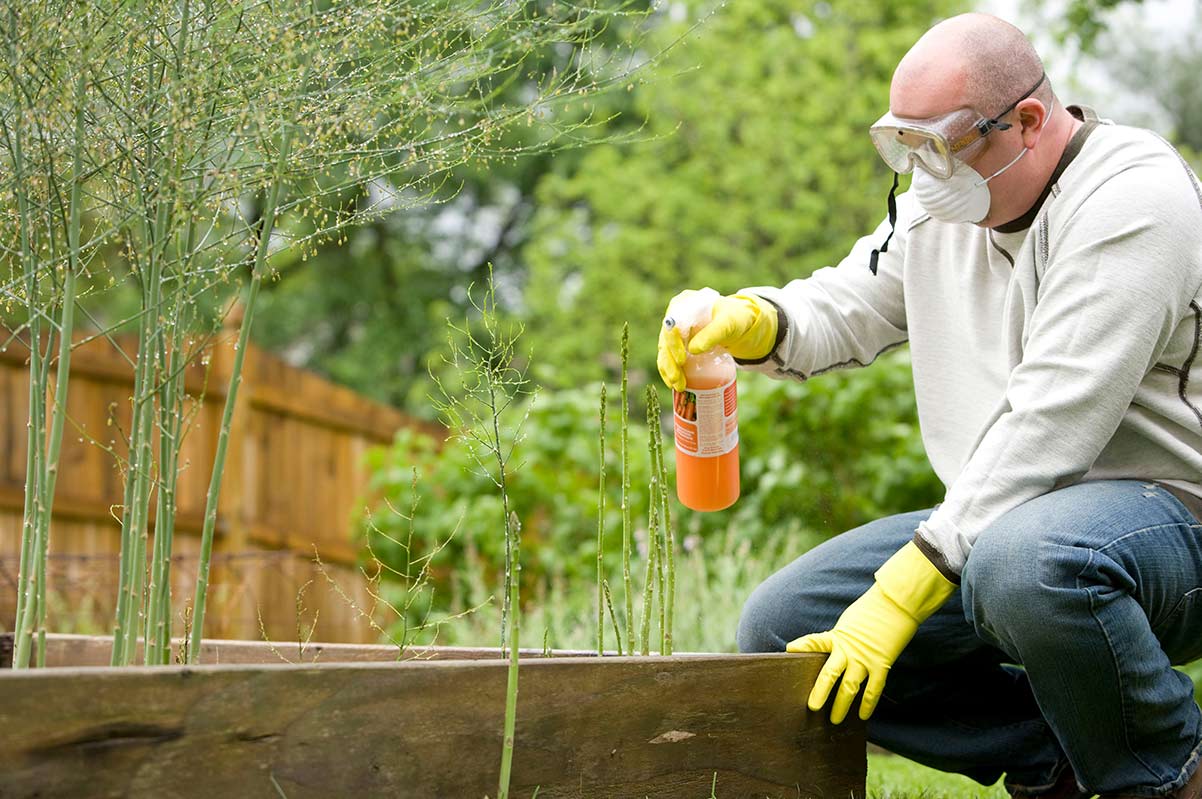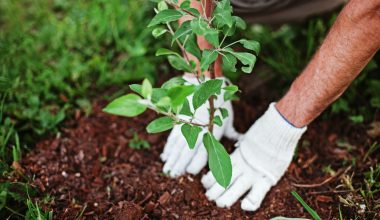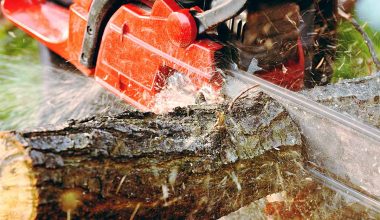Keeping weeds under control is a huge problem for any garden, large or small. Weed killers, or herbicide, are a very common method for keeping weeds under control, but many people find them complicated of confusing. In this article, we’ll discuss some of the common questions we get asked about when it comes to weed killer and how to use it.
How do weed killers work?
Weed killers come in two main forms – pre and post-emergent. Pre emergent weed killers are used to target weeds before they grow, preventing the seeds from germinating in the ground and thus preventing the weed from ever sprouting. Post emergent weed killers work on plants that have already emerged – that is to say they have sprouted and are growing above the soil line.
There are lots of types of pre-emergent weed killers, but generally they work by inhibiting a key enzyme in the seeds which causes them to sprout. This makes them very effective at preventing weeds growing on established grass – because the grass has an established root system which will be unaffected by the herbicide. The weed seeds however will not be able to germinate, preventing them from growing.
Post emergent weed killers work differently, and are sprayed directly onto plant leaves. Once they come into contact with the leaves they are absorbed, and travel throughout the plant, all the way down to the roots. There are numerous different types of chemical actions that different weed killers perform, but once absorbed by a plant, they will kill it.
How to use weed killers
How you use a weed killer will depend on what type it is. There are basically 3 main types of herbicide: post-emergent non-selective, post-emergent selective, pre-emergent selective.
Post emergent non-selective are the simplest, and often come in a liquid format that is either pre-mixed or must be diluted with water. Once ready for use, you need to spray this mixture directly onto any plant you want to kill. You need to be very careful however, because it is non-selective, it will kill any plant it comes into contact with. Gardeners will often use card board or plastic to shield plants they want to keep from the weed killer.
Post emergent selective herbicides are probably the most straightforward to use. These chemicals will target specific plants, but leave others living. They typically come in a liquid form as well, and may need to be diluted depending on the exact product you get. You can then spray the product across your affected areas, without having to worry too much about grass dying. The catch? You need to know your weeds, and make sure you select the right product for the corresponding weed.
Finally, we have pre-emergent selective weed killers, which are very common on lawns. These typically come in a granulated format, although can also be a liquid. You will apply them to your lawn in the spring time, and they work by preventing weed seeds from germinating for up to 6 months. For a long-term lawn solution, this is often your best bet.
Finally, its worth noting that weed killer should be a last resort. Wherever possible, you should try to use manual weed removal to prevent extended chemical use damaging your soil.
How to make natural weed killer?
There are lots of different DIY weed killer recipes, and some are more effective than others. Let’s have a look at some of the most common.
Boiling, salted water is a longtime favorite, and surprisingly effective on young weeds. The downside with this approach is that it can be hard to control, and is not particularly selective. As a result we recommend it for paths, driveways and patios, where you can target weeds growing through the cracks.
Horticultural vinegar is another popular option, but be careful as this is another non-selective option. You can spray it on as you would a normal weed killer, but you need to make sure it doesn’t come into contact with plants you want to keep. Secondly, because the main component is acetic acid, this can alter the ph of the soil, making it more acidic. This can reduce the types of plants you can grow, or even prevent plants from growing at all. Remember to use eye protection and gloves before you try it.
Is weed killer bad for dogs?
Interestingly, weed killer is not as damaging to dogs as you might think. Although you shouldn’t be letter your dog eat it, if it happens in small quantities it isn’t a disaster. This is because it’s formulated as a chemical inhibitor designed to act on plants rather than animals.
How long does weed killer stay in soil?
Interestingly, most herbicides these days are required by law to have limited residual effects. They are designed to break down in the soil in a month or less into residual chemicals. What’s more, many will evaporate off leaves before they are absorbed.
That said, there is an argument that can be made that long term and extensive usage can cause changes to soil balance which can affect future plant growth. Even if the herbicide has broken down, the residual chemicals, although non-lethal to plants, will cause a change to the soil.
Finally, there are some commercial grade and farming weed killers which are designed to have long lasting effects, and these will obviously persist long past regular garden weed killer.
All things considered, we still recommend looking at natural or manual solutions before you turn to the chemicals, because there can be long term effects which you may not understand until it’s too late.






